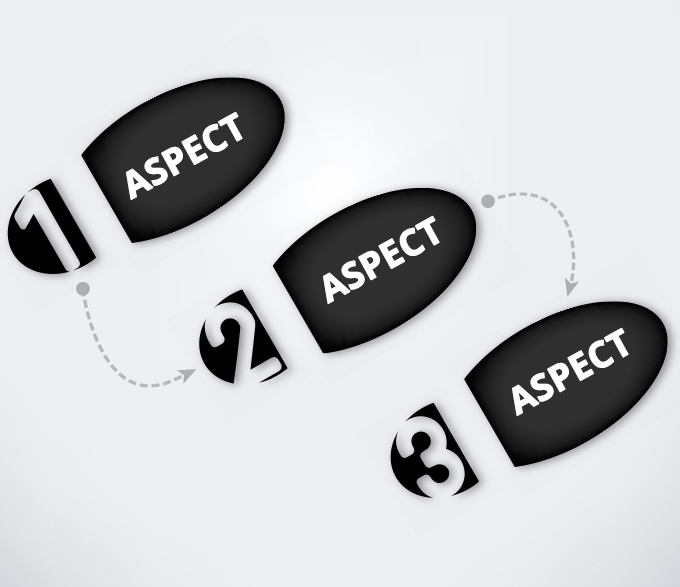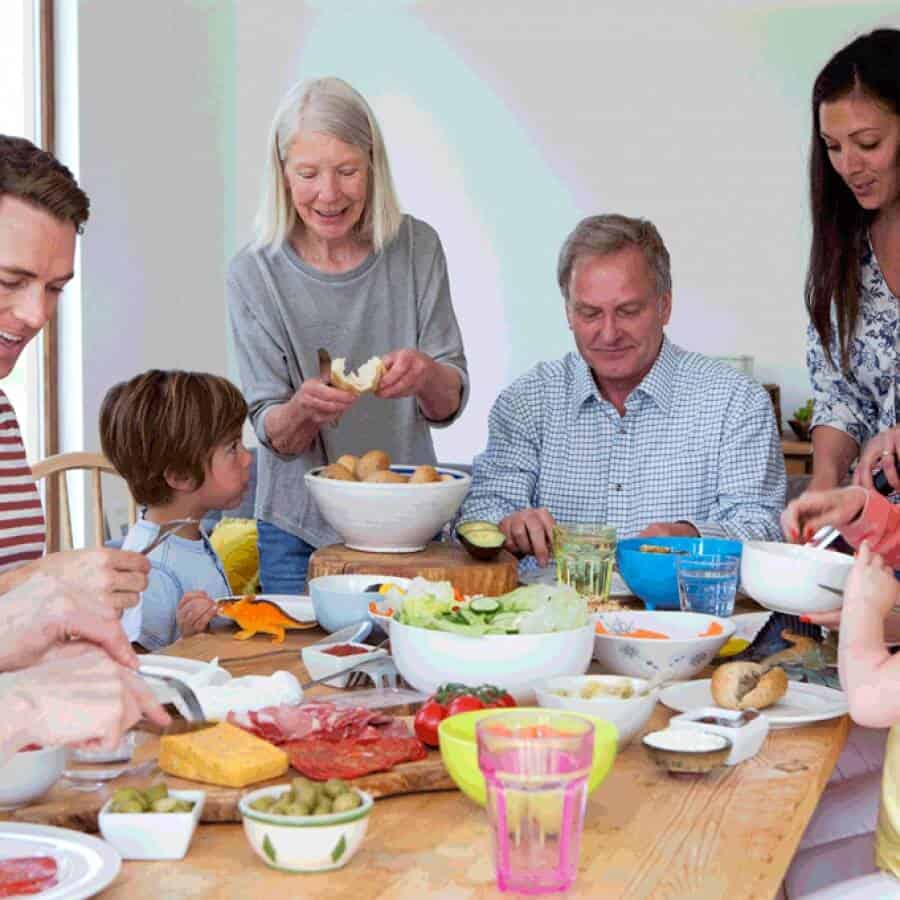In recent decades the family has become the subject of investigation in numerous disciplines that highlight the strong impact of relations within the family on the educational development of the individual. The anthropological fact that underpins education is under the eyes of all: the human person is not, but becomes. To become herself/himself, the individual needs those who accompany her/him on this path, because the individual cannot make it alone. The first "other" that the child meets at the first moment, is then the parents, who are the link to the life which will become.
Education is therefore an inherent function in the family, in the process of intergenerational transmission, and in fact it is the direct link that connects values, traditions, religion, and way of thinking with building the self-identity of the individual in the process of growing up in a determined context.
Throughout human history, parents have transmitted to younger generations their cultural heritage, both economic and relational; older generations have in different ways a radically different perspective, expressed in some form of “treating” among the generations.
All ages and all cultures have expressed their understanding of education, and correct treatment, as such notions are inherent to society, history, culture, every human group expresses something different, something specific and related to the framework and the context they live in; plus, this constant net builds relations with the experiential learning of the individual.

So here is the question: why can it be said that the family has a lifestyle and why, on the other hand, should the family choose a lifestyle? What are the new lifestyles for today’s family in the space between intercultural differences and the family’s own traditions? How is it possible for us to meet and enrich each other given the disparate lifestyles of families from different continents?
We could note a useful and beautiful quote by M. Merleau-Ponty: “style” is “a way of inhabiting the world.” If we imagine the path of a good life in the family as a “style”, that is, as “a way of inhabiting the world,” we can find a way to carry our theme out in a coherent way.

The image of the style telling the story of the family’s life has three aspects:
- The first aspect of the style is the set of signs and symbols, gestures and institutions, that is, the ways in which we speak, we write, we work, we build, we dress, we relate to others and the world, in a word the sum of all the ways that comprise the cultural system with which we express ourselves. Language (and every variety of language and dialect) is the largest sediment of style and culture and is the code with which a given time is expressed. Knowledge of the languages and gestures of other cultures allows us at once to grasp the singular aspect, historically determined, but also to transcend a particular point of view so that we can communicate and exchange with other cultures and lifestyles. A lifestyle is transmitted generation by generation, and education is the decisive moment for such transmission.
- The second aspect of the style is the creative operation in which we, by taking these ways of expressing ourselves with education and culture, create another world: it is the invention of something new and unprecedented, which has a sensitive figure, which transforms the world, through a creative use of culture, customs, institutions, and ways of living. The creative moment defines what is unique in the style. It happens through a call and an answer: the call that is present in things and in people who challenge us every day to respond. The moment of creation is not just an inspiration, but a process of transformation and renewal of practical forms of life, affecting the personal, family, and social realities of the individual. Continuity and innovation characterize the creative moment of style, according to a measure that depends on the wealth or poverty of the cultural tradition in which one lives, but also by its ability to be flexible and plastic in the face of change. Sometimes cultural traditions that seem poor are comparatively elastic and rich (in meaning).
- The third aspect, finally, is the time of communication that transmits your own style to others and is recognized by others. The way a style is transmitted and recognized cannot stop to describe the signs and symbols that constitute it (not just describe the lines and colors of a picture and explain the elements and expressions of a text or a speech), but it should make us listen to the call that is present in each style / way of inhabiting the world and elicit responses to this style opening new possibilities of life for others. It is only by entering into the dynamics of appeal and response that style is not only understood, but also moves into action. It does not only think, but also becomes productive for the future. The communicative moment not only in style, but also between different cultures and styles: it allows effective contact between men, not at the expense of diversity and identity, but precisely through them. It includes, as well, more closely what it means that the style is a way of inhabiting the world. This “way of living” means that we are-the-world-to-world and we are like a house full of meanings and words, signs and colors, of gestures and silences, which need to be recreated, so to say inhabited again, in a new way. This transformation of the world resonates for us and for others and inspires an appeal to a new response, unique, unusual, which could lead to a new experience of meaning, a new encounter with the other, a new way of creating social relationships.
The call that resonates in response to creative and cultural transmission is capable of renewing itself, so there’s never direct access but only through several mediations, in which both the educator and the recipient must illuminate the call of life to renew itself to feed more and more hope.
We decline, therefore, the theme of the world as well: the style of the family and the family as style. The family experience brings with it “family style” and demands to recreate the “family in a style” unique, brand new, creative, and to enjoy living in togetherness and to pass on to children and through them to transform the world.

And, of course, the family as a style is the proper way of “becoming” a family, the way to “live” in the world.
Photos: Shutterstock
Support us!
All your donations will be used to pay the magazine’s journalists and to support the ongoing costs of maintaining the site.
Share this post
Interested in co-operating with us?
We are open to co-operation from writers and businesses alike. You can reach us on our email at [email protected]/[email protected] and we will get back to you as quick as we can.









